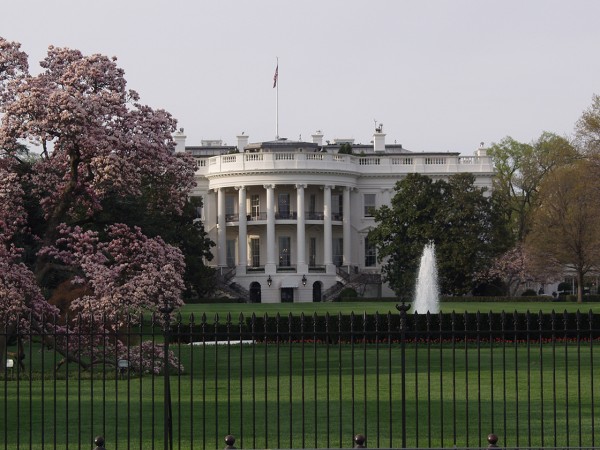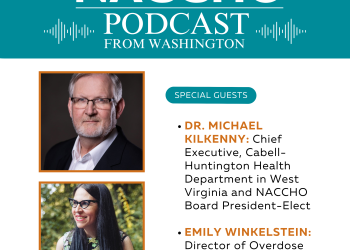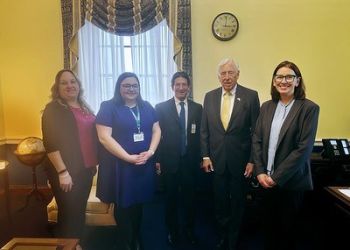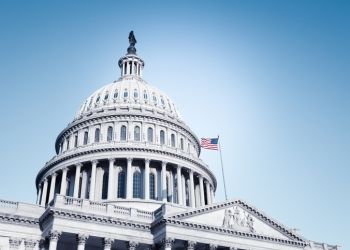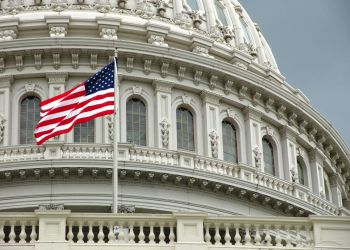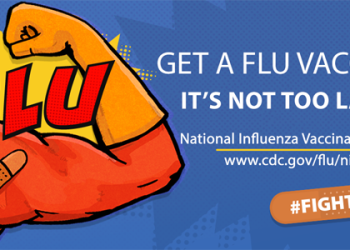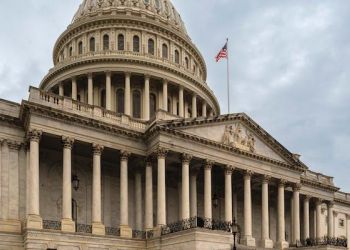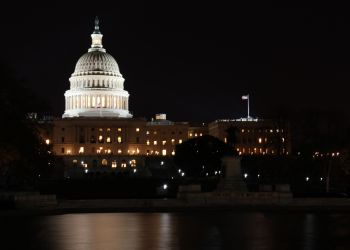On March 9, President Joe Biden released his fiscal year (FY) 2024 budget request. Although Congress ultimately allocates federal funding, the President’s Budget provides insight into the administration’s priorities and may be considered during congressional negotiations. Overall, President Biden requested a 6.5% increase in nondefense discretionary funding as compared to last year, including $144 billion in discretionary budget authority for the Department of Health and Human Services (HHS), an 11.5% increase from the enacted FY 2023 level.
Within the HHS budget, the president requested $11.581 billion for the Centers for Disease Control and Prevention (CDC), an increase of $2.397 billion from FY 2023. This included $600 million for public health infrastructure and capacity ($250 million above the FY 2023 enacted level) and $340 million for the Public Health Data Modernization Initiative (DMI) ($165 million above the FY 2023 enacted level). The budget also proposes a realignment of all CDC Preparedness programs, including the Public Health Emergency Preparedness Cooperative Agreements (PHEP), into a new Domestic Preparedness category, with proposed funding at $943 million. The proposed funding levels for other programs of interest to NACCHO and public health are outlined in the table below.
In addition to funding levels, the President’s Budget includes several legislative proposals. Like last year, the president proposed a new Vaccines for Adults program, capped at $12 billion over 10 years, to provide access to both routine and outbreak vaccines recommended by the Advisory Committee on Immunization Practices at no cost to uninsured adults. Cost is often a barrier to vaccine access for preventative care. This program will serve as a complement to the successful Vaccines for Children program.
The budget also proposes $20 billion in mandatory funding for pandemic preparedness and protection against other biological threats. Of that, $6 would go to the CDC to modernize and build laboratory capacity and strengthen public health data systems; enhance domestic and global disease surveillance, biosafety, and biosecurity efforts; and support capabilities for monitoring and evaluating vaccine and medical countermeasure safety and effectiveness.
Centers for Disease Control and Prevention
Program | FY 2024 | +/- from FY 2023 |
Vaccines for Children | $6.002 billion | + $1.568 billion |
Vaccines for Adults | $12 billion | |
Immunization and Respiratory Diseases | $1.256 billion | + $337 million |
Influenza Planning and Response | $251.358 million | + $20 million |
HIV, Viral Hepatitis, Sexually Transmitted Infections, and Tuberculosis | $1.545 billion | + $153.5 million |
Domestic HIV Prevention and Research | $1.55.712 billion | + $142 million |
Viral Hepatitis Prevention | $54.5 million | + $11.5 million |
Sexually Transmitted Infections Prevention | $174.310 million | $0 |
Tuberculosis Prevention | $137.034 million | $0 |
Infectious Diseases and the Opioid Epidemic | $23 million | $0 |
Emerging and Zoonotic Infectious Diseases | $845.722 million | + $95 million |
Emerging Infectious Diseases | $242.997 million | + $40 million |
Food Safety | $71 million | $0 |
Epidemiology and Laboratory Capacity Grants (Prevention and Public Health Fund) | $40 million | $0 |
National Healthcare Safety Network | $50 million | + $26 million |
Advanced Molecular Detection (AMD) | $40 million | $0 |
Chronic Disease Prevention and Health Promotion | $1.83 billion | + $383.125 million |
Racial and Ethnic Approaches to Community Health | $68.95 million | $0 |
Tobacco | $124.4 million | + $3.75 million |
Tobacco (PPHF) | $133.1 million | + $7.25 million |
Million Hearts (PPHF) | $5 million | $0 |
Cancer Prevention and Control | $531.074 million | + $121.525 million |
Safe Motherhood/Infant Health | $164 million | + $56 million |
Diabetes Prevention Program | $104.854 million | $0 |
Diabetes Prevention Program (PPHF) | $52.275 million | $0 |
School Health | $50 million | + $30.6 million |
Birth Defects, Developmental Disabilities, Disabilities and Health | $222.56 million | + $17 million |
Surveillance for Emerging Threats to Mothers and Babies (SET-NET) | $40 million | + $17 million |
Environmental Health | $420.85 million | + $174 million |
Environmental Health Activities | $187.6 million | + $135 million |
Childhood Lead Poisoning Prevention | $90 million | + $39 million |
Asthma | $33.5 million | $0 |
Environmental and Health Outcome Tracking Network | $34 million | $0 |
Injury Prevention and Control | $1.352 billion | + $590.290 million |
Intentional Injury | $514.550 million | + $350 million |
Unintentional Injury | $13.3 million | $0 |
National Violent Death Reporting System (NVDRS) | $34.5 million | + $10 million |
Injury Prevention Activities | $29.950 million | $0 |
Opioid Abuse and Overdose Prevention and Surveillance | $713.369 million | + $207.790 million |
Public Health Preparedness and Response | $943.2 million | + $60 million |
Public Health Scientific Services | $961.564 million | + $207.067 million |
Public Health Workforce Development | $106 million | + $35 million |
Surveillance, Epidemiology, and Public Health Informatics | $298.1 million | $0 |
Health Statistics | $189.464 million | + $2.067 million |
CDC-Wide Activities and Program Support | $1.039 billion | + $315 million |
Public Health Leadership and Support | $143.57 million | + $15 million |
Preventative Health and Health Services Block Grant (PPHF) | $160 million | $0 |
Infectious Disease Rapid Response Reserve Fund | $35 million | $0 |
Public Health Infrastructure and Capacity | $600 million | $250 million |
Assistant Secretary for Preparedness and Response (ASPR)
Program | FY 2024 | +/- from FY 2023 |
Medical Reserve Corps | $6 million | $0 |
Health Care Readiness and Recovery (formerly Hospital Preparedness Program) | $312 million | + $7 million |
Biomedical Advanced Research and Development Authority | $1.015 million | + $65 million |
Strategic National Stockpile | $995 million | + $30 million |
Project BioShield | $830 million | + $10 million |
Health Resources and Services Administration (HRSA)
Program | FY 2024 | +/- FY 2023 |
Primary Healthcare Access: Community Health Center Fund | $5.17 billion | + $1.17 billion |
Public Health and Preventative Medicine | $18 million | $0 |
Maternal and Child Health Block Grant | $937.3 million | + $121.6 million |
Healthy Start | $185 million | + $40 million |
Ryan White Part A | $680.752 million | |
Ryan White Part B | $1.365 billion | |
Ending the HIV Epidemic Initiative | $290 million | $125 million |
National Institutes of Health (NIH)
- Advanced Research Projects Agency for Health (ARPA-H) - $2.5 billion, an increase of 66.7% from FY 2023 levels
- Climate Change – an increase of $25 million for research and other activities related to climate change (in collaboration with other agencies)
Department of Health and Human Services (HHS)
- Title X Family Planning Program - $512 million, an increase of $225.521 million
The release of the President’s Budget marks the beginning of the FY 2024 appropriations process. Members of Congress are in the process of submitting their appropriations requests to their colleagues on the Appropriations Committees, and in the coming months, the Committees will draft and debate their bills. NACCHO Government Affairs will continue to engage with Congress to advocate for resources to support local health departments. You can learn more about NACCHO’s funding priorities here.
